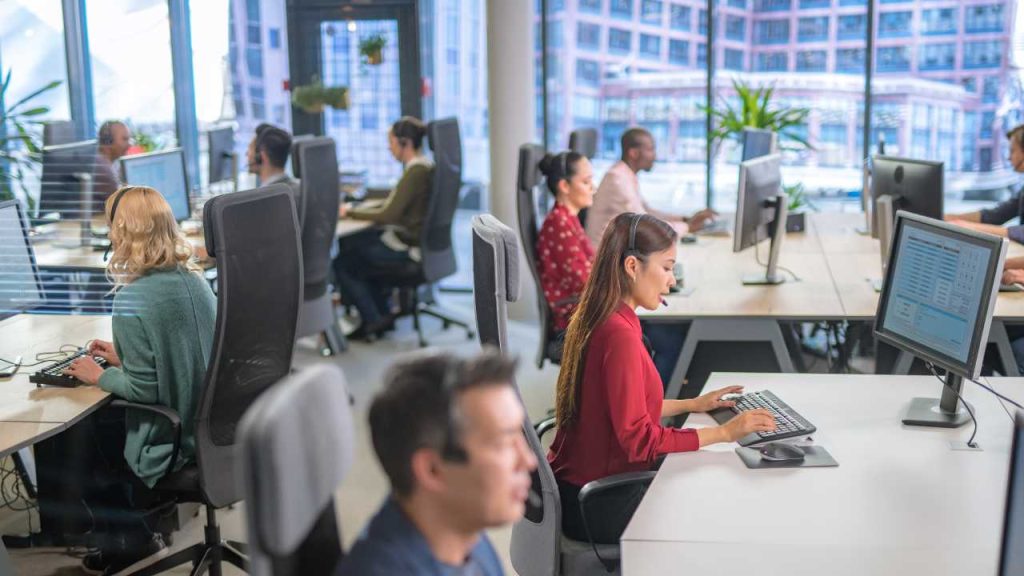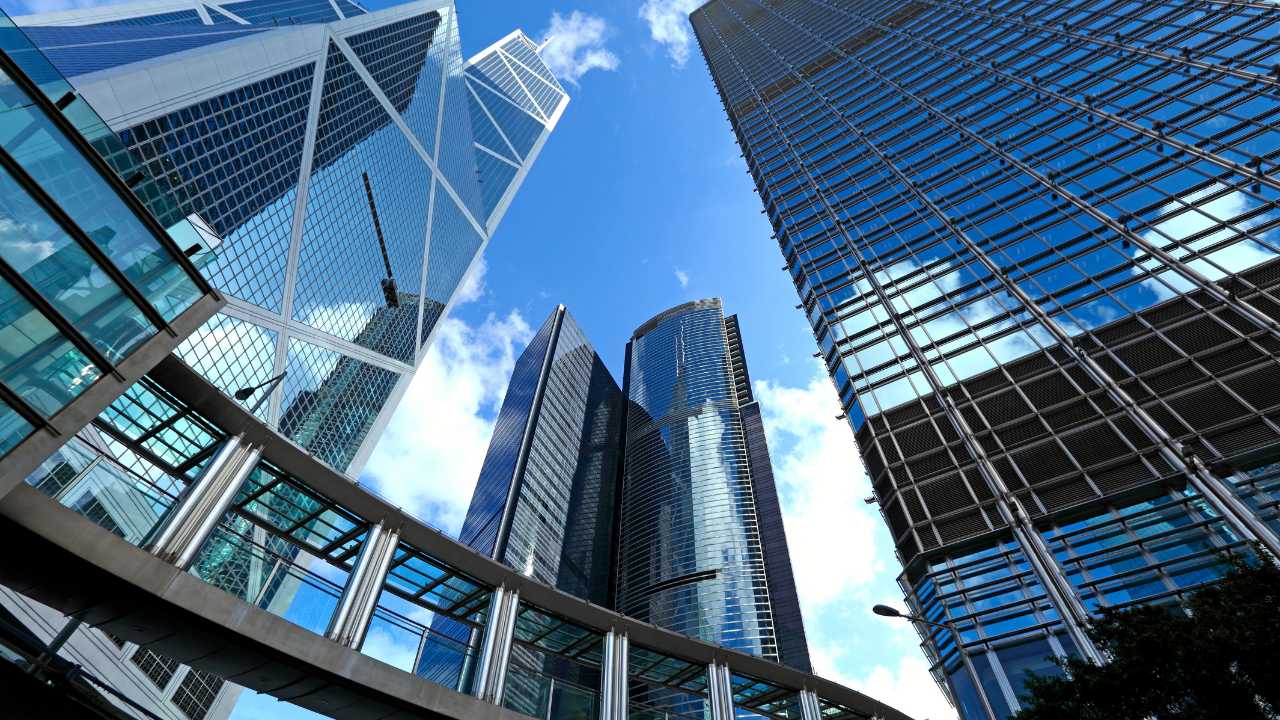How Modern Work Trends are Transforming Property Management
Rarely in the past have work models changed so quickly as in the last few years. The COVID-19 pandemic has accelerated the diffusion of remote and hybrid word models, as well as giving a boost to the gig economy. Both employers and workers are increasingly looking for flexibility and a new workplace that cultivates this as a result.
These changes also create opportunities for those owning and managing commercial properties. For example, the spread of coworking spaces represents an opportunity for those looking for new ways to profit from their real estate assets.
Investors can take advantage of the current growth of coworking spaces to turn their properties into shared work areas for businesses and remote workers. The number of people using these spaces is expected to almost double over the next two years, going from 3.1 million in 2022 to 4.9 million in 2024.
Let’s explore in greater detail how modern work trends are changing property management.

Making Office Spaces More Flexible
One way property managers can make their office spaces more attractive to potential renters is by increasing their flexibility by adding a variety of options for different needs.
Ideally, coworking spaces should offer the following:
- hot desks (non-assigned workspaces that are available on a first-come-first-serve basis)
- fixed desks (assigned to specific workers or teams)
- private offices (where teams can work in a quieter environment, away from the noise of an open office environment)
- meeting rooms (areas that foster collaboration for specific activities)
- conference rooms (spaces that can be used to host webinars or other remote events).
- lockers, mailboxes, and other storage options.
By implementing these solutions, commercial property managers can cater to the needs of different tenants. These include:
- remote workers and freelancers who only need flexible desks on a day-to-day basis
- professionals and small digital entrepreneurs who don’t need a full office but only a dedicated desk to place any items they desire.
- remote teams that need private offices and meeting rooms only a few times a month or week
- businesses with a hybrid work consisting of both remote and on-site workers who can use coworking spaces to facilitate collaboration.

Adding New Amenities to Shared Spaces
Property managers should also make their properties more attractive to potential tenants. Flexible office spaces should also offer a series of amenities to increase both the productivity and comfort of its occupants.
Services and amenities that can create a more productive and collaborative environment include rooms with printing (and scanning), ergonomic chairs (and desks), recharging hubs for electronic devices, and of course, the infrastructure needed for installing fast internet connection.
Outdoor amenities can include spaces that can be turned into parking lots, biking racks, and green areas.
Turning Workspaces into Places for Networking and Socialization
Networking and socialization opportunities are one of the many reasons many remote workers, freelancers, and small digital entrepreneurs use shared spaces as an alternative to working from home.
Spending the entire week at home can be an alienating experience for workers. In contrast, coworking spaces are places where workers can interact with other people during breaks and meet other professionals in their industry.
Moreover, companies managing shared workspaces are known for organizing events and other networking activities to help workers and businesses build professional relationships and meet with potential clients or suppliers.
Those owning and managing commercial properties should consider this and make their real estate assets as appealing as possible by creating an environment where people can interact with one another, build relationships and collaborate.
This can be done by adding lounge rooms, event spaces, on-site café (and restaurants), as well as other recreational facilities.
Implementing security solutions to offer your tenants safe and comfortable areas

Implementing Security Systems to Offer Your Tenants Save and Comfortable Areas
Security is another feature commercial tenants look for when choosing where to locate their offices and business activities.
Commercial property owners and managers can make their real estate assets more attractive and valuable by installing modern security solutions.
First, offices should implement access control systems to ensure only authorized personnel can access the premises. Traditional access control measures include using keys and locks, while more modern security solutions include access cards or biometric readers.
Property owners can implement MFA (multi-factor authentication) procedures for sensitive areas that require users to enter two or more credentials to be granted access to the premises.
A modern video security system is another big plus. Properties with already installed video cameras may be seen as more attractive by potential tenants, who may also be willing to pay more for renting them.
Cameras should be placed in all strategic positions to avoid blindspots that can be used by criminals and other ill-intentioned individuals to hide.
Finally, property managers should consider installing smoke and carbon monoxide detectors to protect occupants from fire and other potential hazards and alarm systems that can alert security staff and the authorities in case of danger.







